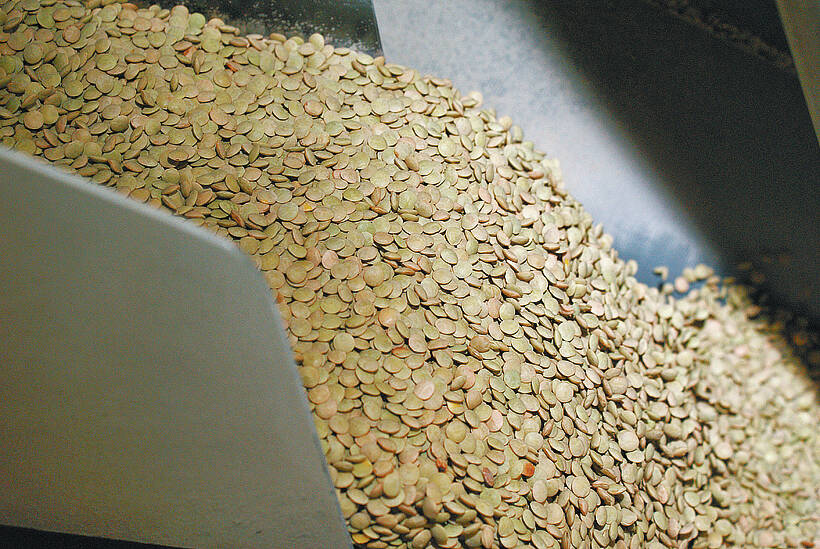The news wires last week may as well have been called the avian flu wires because of the vast number of stories about the disease.
The disease warrants mention on the markets pages because of its potential to affect not only poultry markets, but also oilseed prices, including canola, because the poultry industry is a big consumer of soy meal.
The worrisome H5N1 version of avian flu has had a foothold in Asia for a couple of years. But in recent weeks, it has turned up in European Russia, Croatia, Romania and Turkey, carried by migrating birds. In those countries alarmed authorities last week were quarantining and culling affected flocks. Throughout the European Union, countries were imposing limits on live bird trade, increasing surveillance and implementing other controls.
Read Also

Green lentil market oversupplied
Farmers in Western Canada can expect price pressure on their new crop of green lentils, as the available supplies among the world’s major lentil-growing nations increase significantly.
Health authorities around the world are worried that H5N1 could mutate into a form that would become a communicable disease among humans with the potential to kill millions.
So far, only 61 people, all in Asia, have contracted avian flu and died. Mostly, they appear to have caught the disease from poultry, not other humans.
But Jacques Diouf, director general of the Food and Agriculture Organization, said this week that worries over a human flu pandemic have diverted attention from the damage the disease has wrought on birds and poultry farmers around the world. He said 140 million birds have died, been killed or are dying because of the disease, generating $10 billion in costs.
The vegetable protein market is watching to see if consumers worried about avian flu will shift away from poultry, causing farmers to reduce flocks and buy less soy meal.
This concern is already weighing on Chicago soy and soy meal futures.
It was not the only factor behind falling soy prices last week. Others included the rapid soy harvest in the United States, China’s purchase of oil and meal from India, calling into question demand for U.S. beans, and rain in South American soy growing regions. Also, lower fuel oil prices weakened the price of soy oil, which recently has been supported by the growing demand for biodiesel.
With a bit of luck and a lot of global resolve, worries about poultry consumption and its effect on soy meal consumption might be transitory. Countries are much more prepared to aggressively and transparently address the avian flu problem now than they were a couple of years ago.
Consumers are unlikely to shun poultry if governments show themselves committed to controlling this problem.














